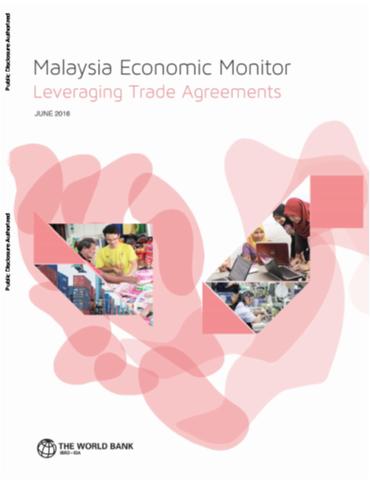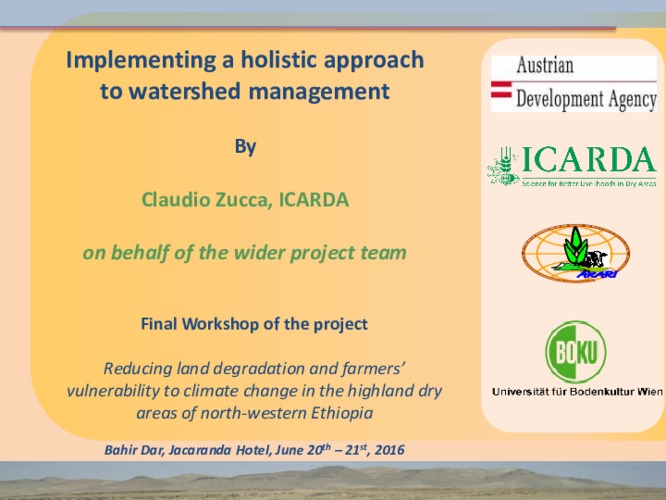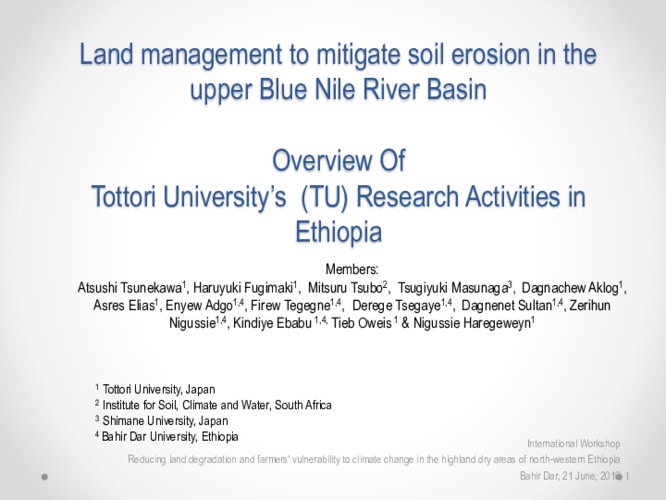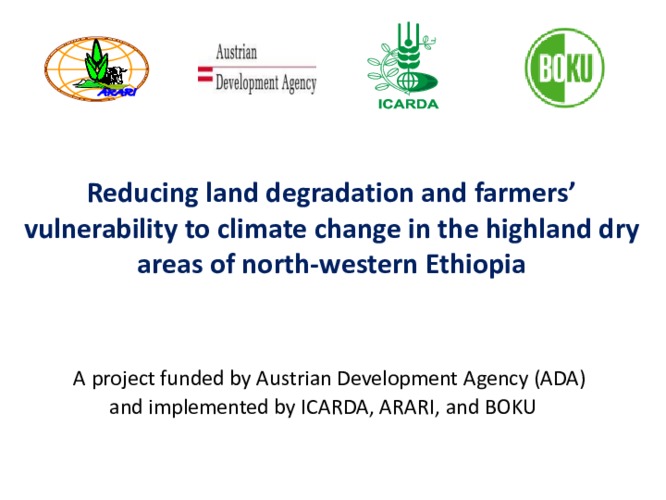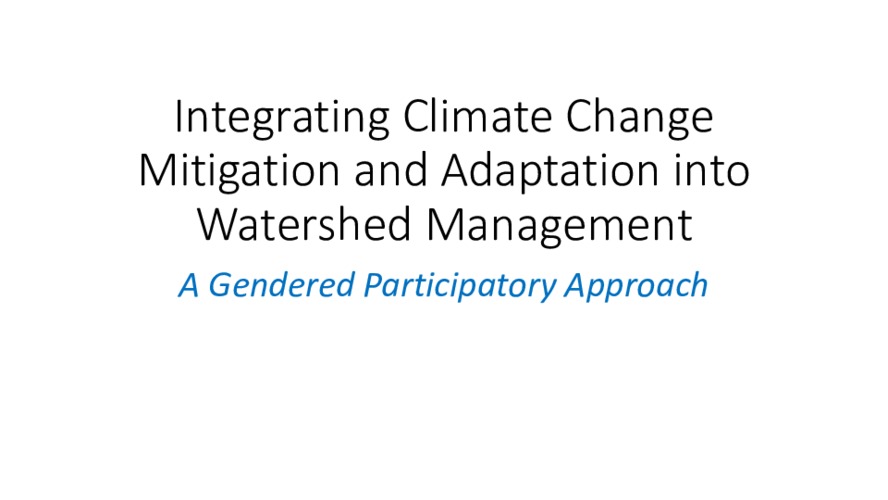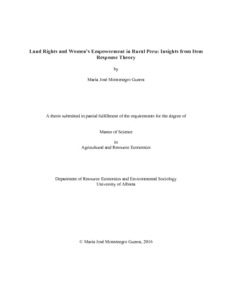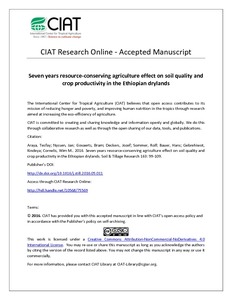Malaysia Economic Monitor, June 2016
The MEM is the World Bank's biannual flagship publication on Malaysia. It provides analysis of recent economic developments and the near-term outlook for Malaysia. Each publication also focuses on a special topic related to Malaysia's transformation into a high-income economy. Malaysia is at the forefront of a "new generation" of trade agreements that will shape trade and investment over the next decade. The 14th MEM focuses on how Malaysia can use trade agreements to bring new opportunities to the Malaysian economy and accelerate its transition to high income status.

